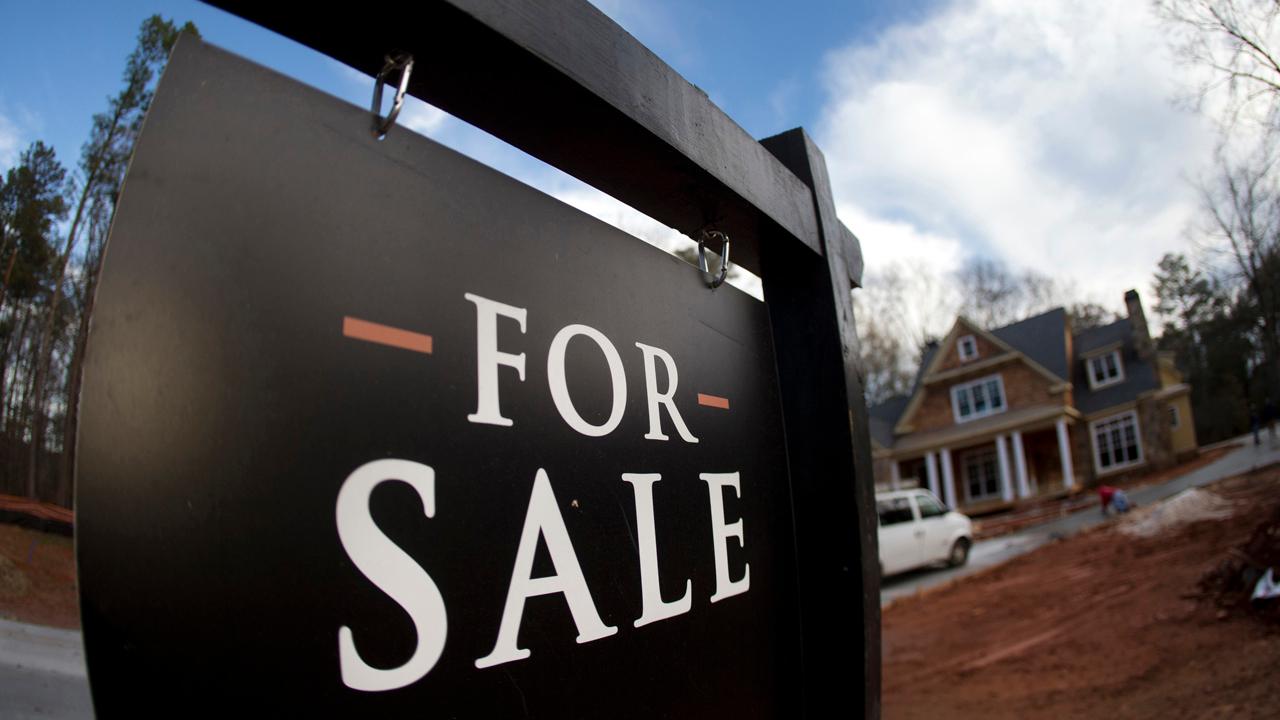First-time homebuyer? Here's how much an average down payment costs in each state
If you're looking to buy your first home, you may want to start saving up — but just how much money, exactly, you'll need in your bank account might vary.
Though pending U.S. homes sales increased by 4.6 percent in January, four major U.S. regions saw a rapid decline in sales (down 4.9 percent) in March, according to the National Association of Realtors (NAR). And according to 2018 research conducted by Freddie Mac, 78 percent of renters believe it's more affordable to continue renting than to own a property.
But that doesn't mean everyone has lost all hope. In fact, a new study by Bank of America found that a majority of those who identify as Gen Z want to own a home before the age of 30.
"While young prospective buyers identify saving for a down payment and closing costs (66 percent) as the top barrier to buying, they see it as less of a challenge than other generations do (vs. 69 percent of millennials, 72 percent of Gen Xers, and 74 percent of baby boomers). Covering the monthly costs of owning (58 percent) and – more so than any other generation – lacking knowledge about where to start (52 percent) are also considered barriers to homeownership by Gen Z," Bank of America explained in a recent blog post.
The good news is there are some areas that are more affordable than others, especially if you're a first-time buyer.
To give prospective homebuyers a better picture of what they can or cannot afford, Money magazine partnered with real estate property company Attom Data Solutions to depict the average down payment needed in each state.
CLICK HERE TO GET THE FOX BUSINESS APP
In 2018, the average sales price of a house was $265,500, which means roughly $53,000 — at a 20 percent rate — is needed for the down payment, the magazine reported, citing Attom's data.
Luckily, most homebuyers don't have to put down nearly that much. Most actually pay closer to 7 percent of the sales price (if not less), Money reports, citing a survey by NAR. In fact, those who qualify for a Federal Housing Administration (FHA) loan only have to pay around 3.5 percent.
Here's a look at the typical down payment — based on median sales prices from the third quarter of 2018 — at a 7 percent rate in each of the 50 states, according to Money and Attom Data Solutions.
- Alabama - $12,740
- Alaska - $20,563
- Arizona - $17,493
- Arkansas - $10,710
- California - $34,930
- Colorado -$25,326
- Connecticut - $18,550
- Delaware - $16,800
- Florida - $16,695
- Georgia - $14,840
- Hawaii - $39,900
- Idaho - $17,149
- Illinois - $15,706
- Indiana - $12,887
- Iowa - $12,040
- Kansas - $11,713
- Kentucky - $11,550
- Louisiana - $13,125
- Maine - $18,642
- Maryland - $21,350
- Massachusetts - $25,270
- Michigan - $12,600
- Minnesota - $17,150
- Mississippi - $15,278
- Missouri - $12,714
- Montana - $18,725
- Nebraska - $12,950
- Nevada - $19,950
- New Hampshire - $19,110
- New Jersey - $23,450
- New Mexico - $14,131
- New York - $21,630
- North Carolina - $15,330
- North Dakota - $14,193
- Ohio - $11,683
- Oklahoma - $11,165
- Oregon - $23,443
- Pennsylvania - $14,350
- Rhode Island - $18,550
- South Carolina - $13,882
- South Dakota - $13,090
- Tennessee - $13,475
- Texas - $16,144
- Utah - $21,833
- Vermont - $15,050
- Virginia - $20,923
- Washington - $25,200
- West Virginia - $11,025
- Wisconsin - $13,300
- Wyoming - $16,004




















